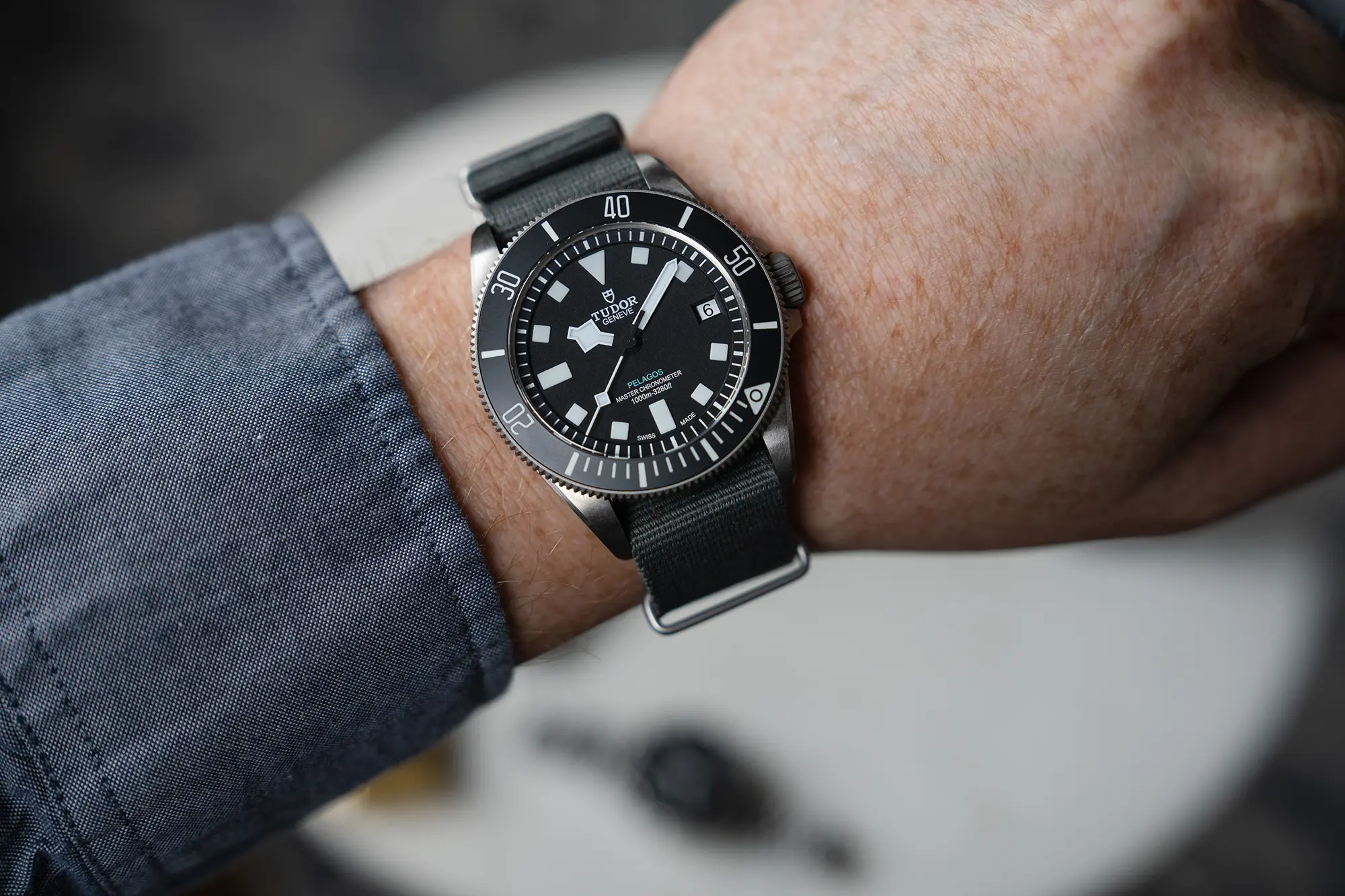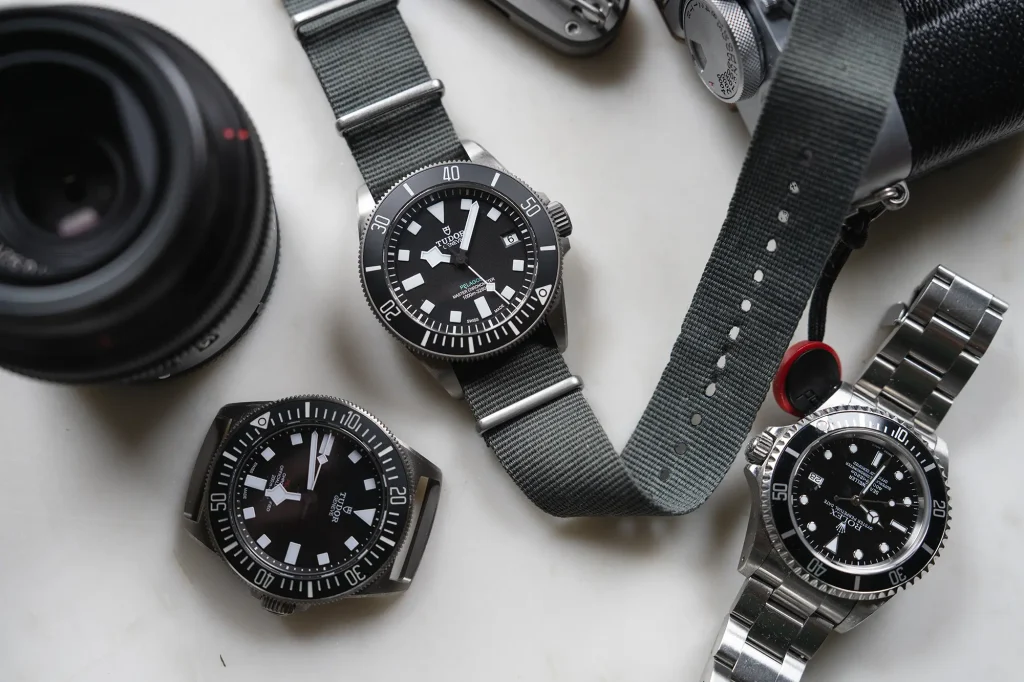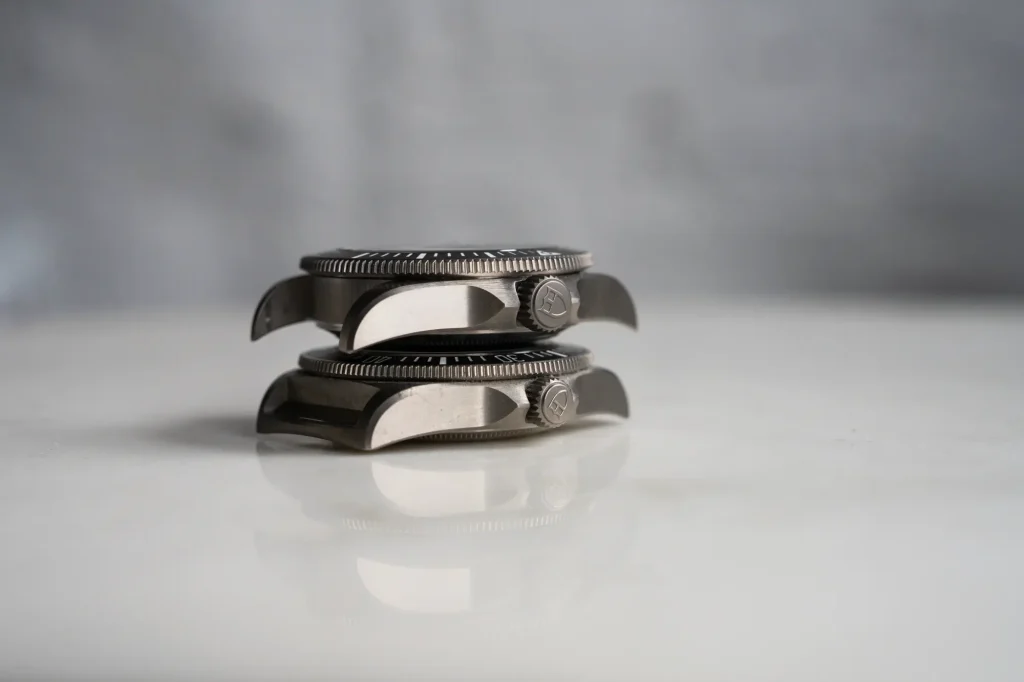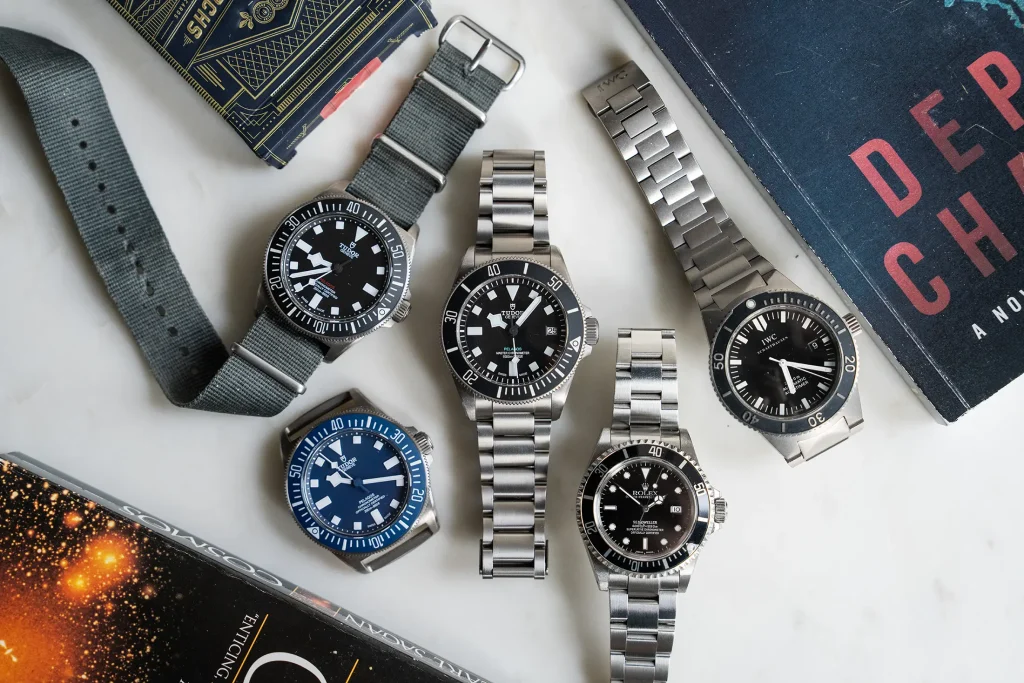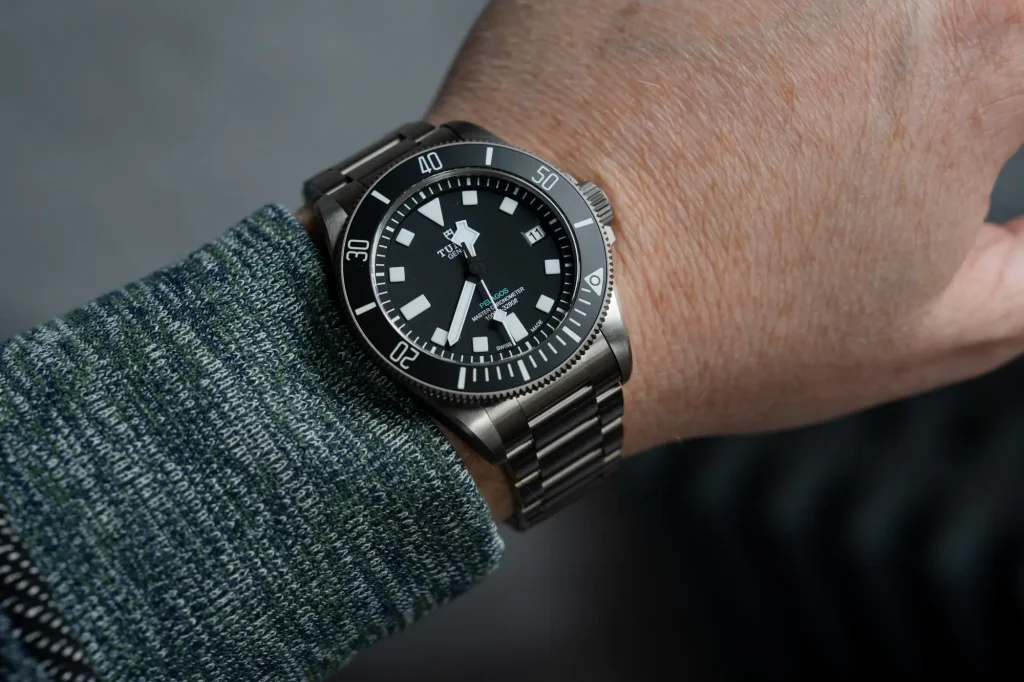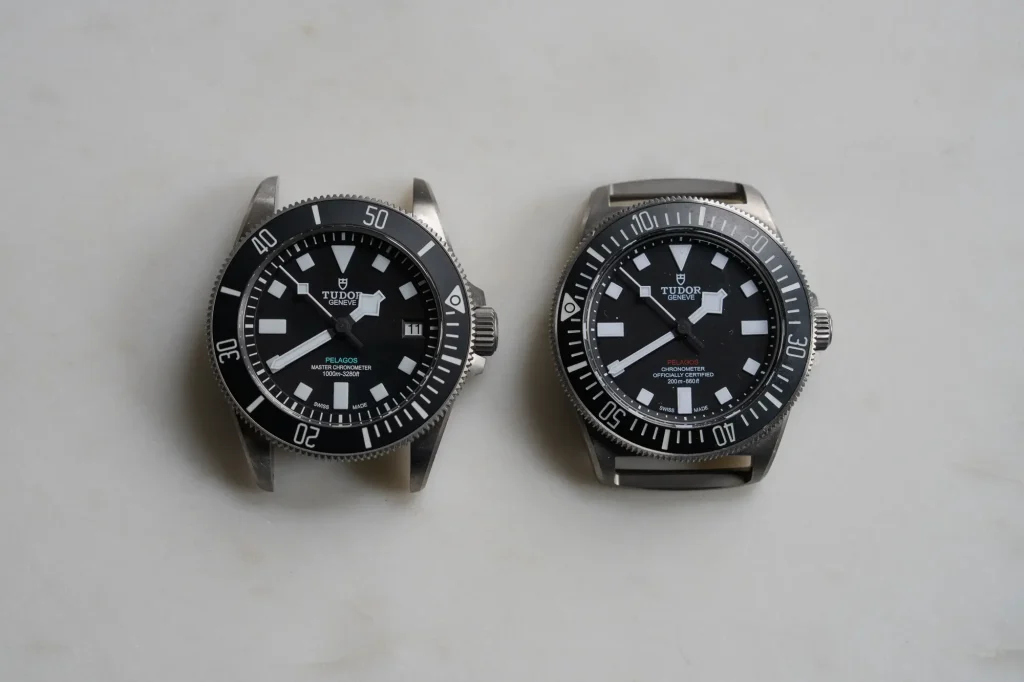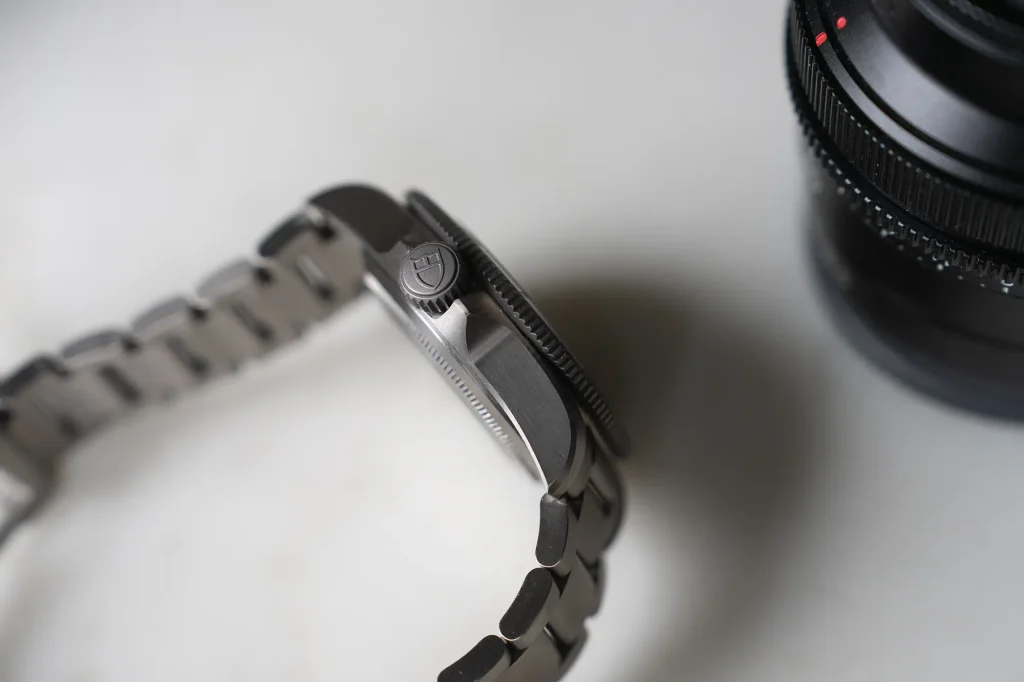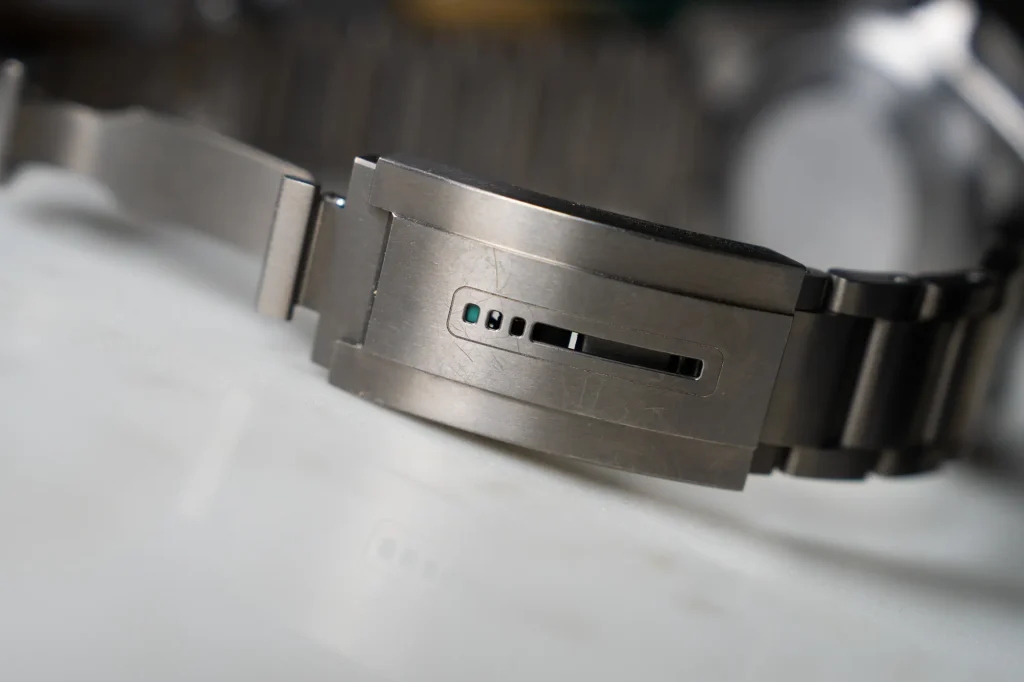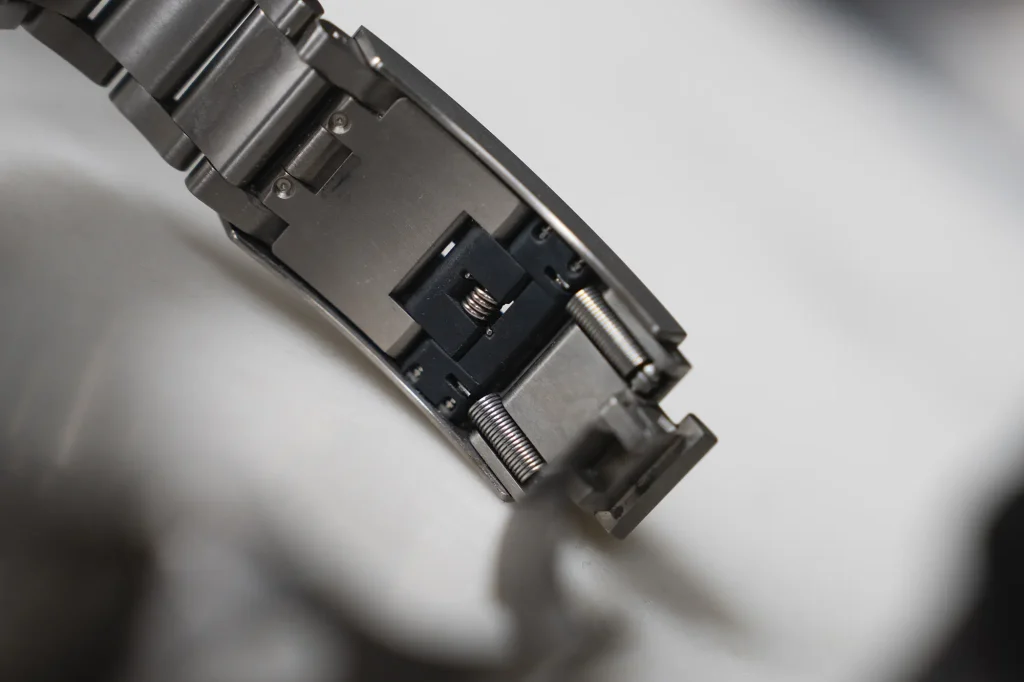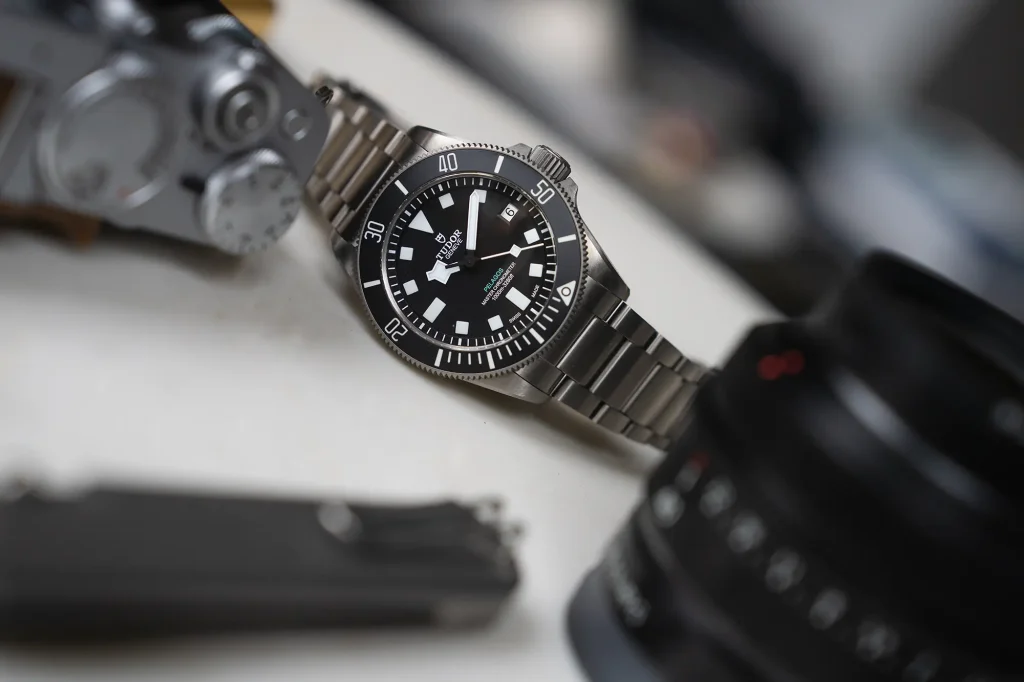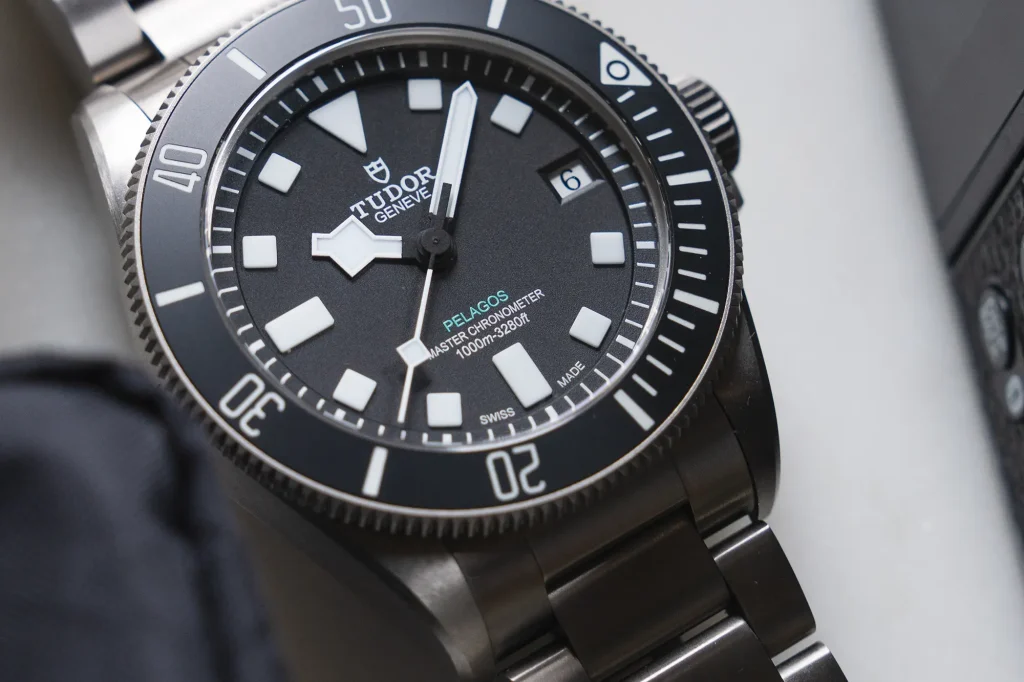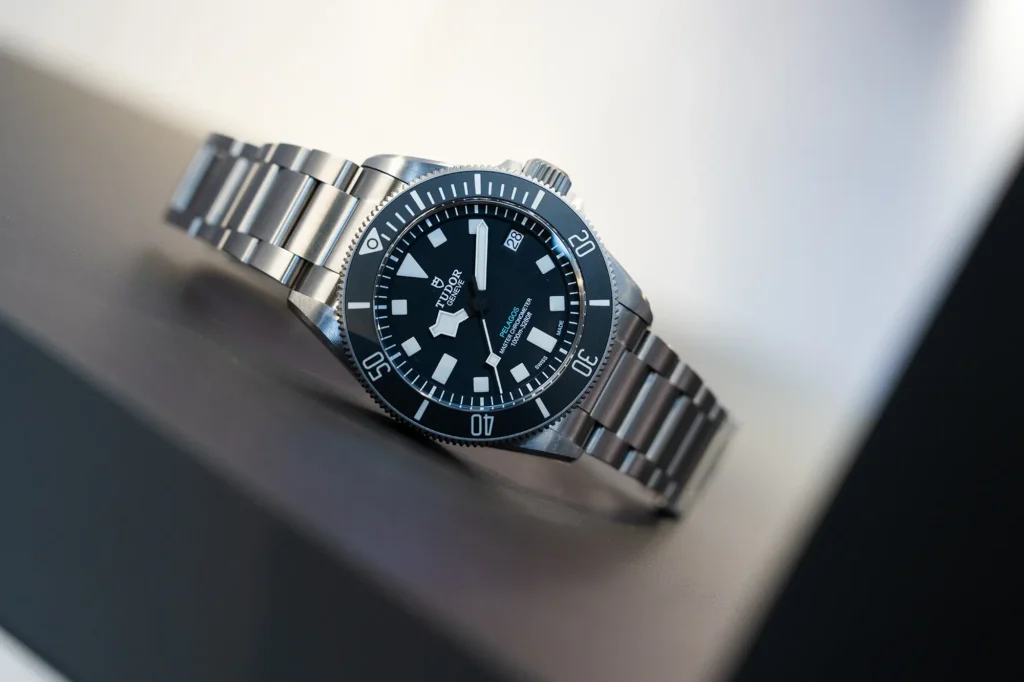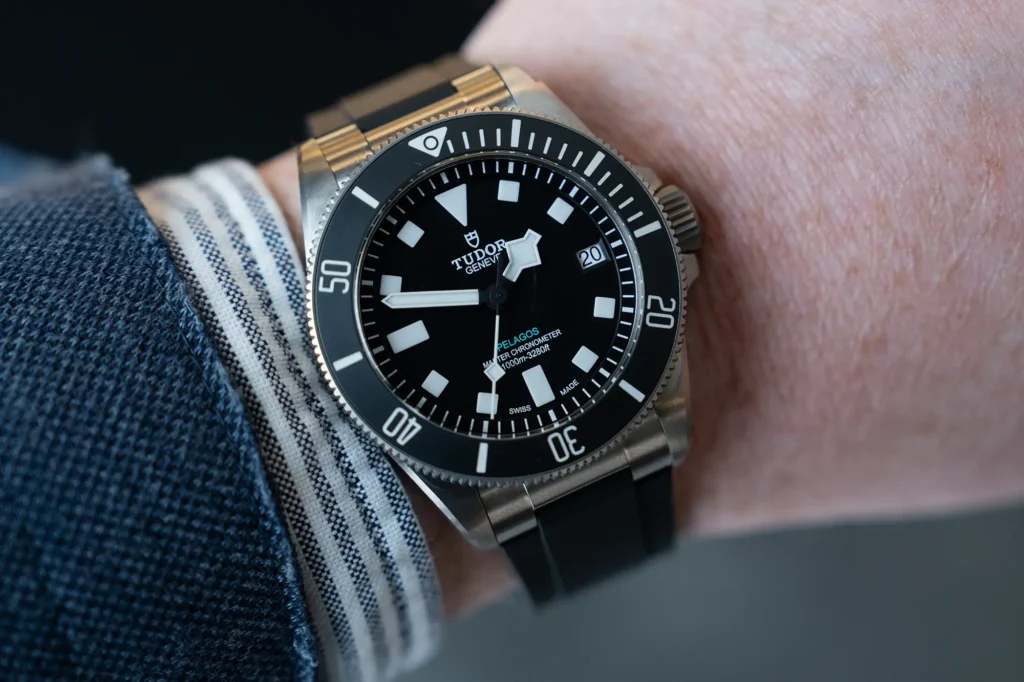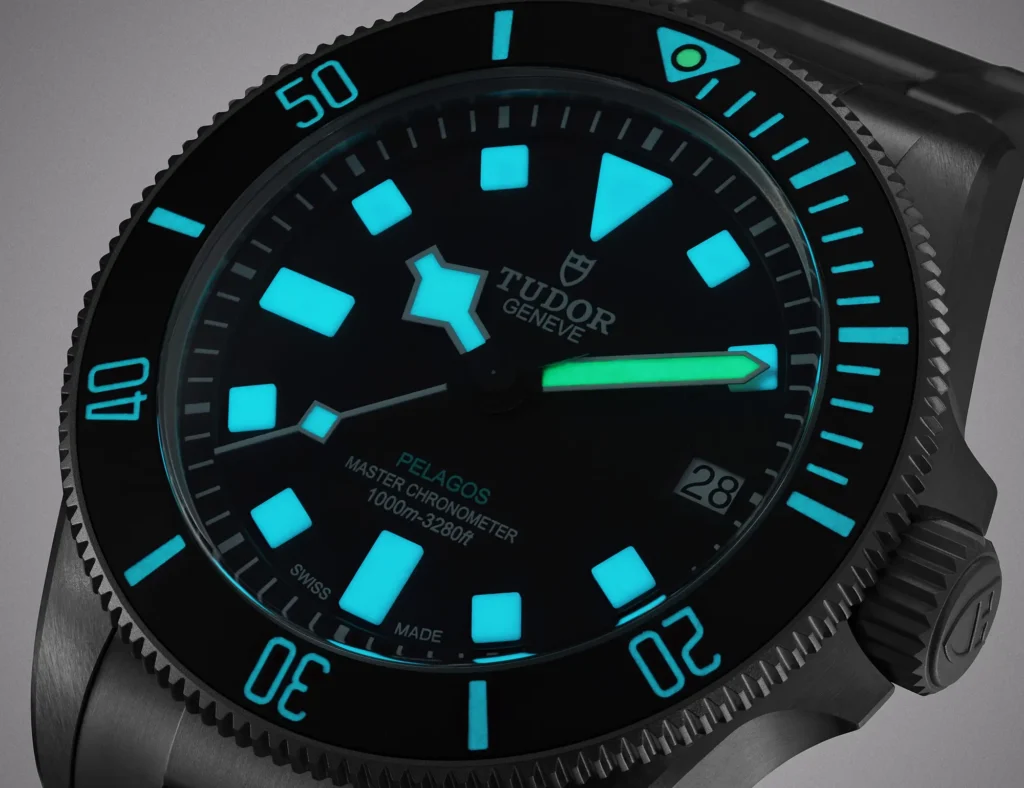The storied history of Tudor’s dive watches needs little introduction to most enthusiasts. From the days of the Marine Nationale-issued Snowflakes and the Royal Canadian Navy-issued Submariners, to the modern Pelagos FXD, which has become almost synonymous with military application. Tudor is a brand with a legacy of making true tool watches. The introduction of the Pelagos Ultra at Watches and Wonders 2025 brought about the most technically impressive, not to mention capable, model to-date. I had the chance to experience this pelagic presence on-wrist (and above sea-level) over the course of the past week and it delivered at a tier worthy of the “Ultra” moniker.
While it may seem hard to believe, the original Tudor Pelagos was released 13 years ago, in 2012. The original ETA-powered diver has been regarded as the prototypical Pelly design ever since. Hallmarks of the original included the generous lume application, 500m water resistance and an entirely matte finish. That’s not to mention the wildly expandable, spring loaded bracelet. Since its inception, there have been multiple iterations, but like the shark in nature, the original format has remained almost unchanged since its creation. There have been other members of the family added over the years – most notably the divisive Pelagos 39 and the similarly divisive fixed-lug FXD. These deviations have their own merit – I own both – but it wasn’t until the release of the Ultra that they cranked the original design to 11.
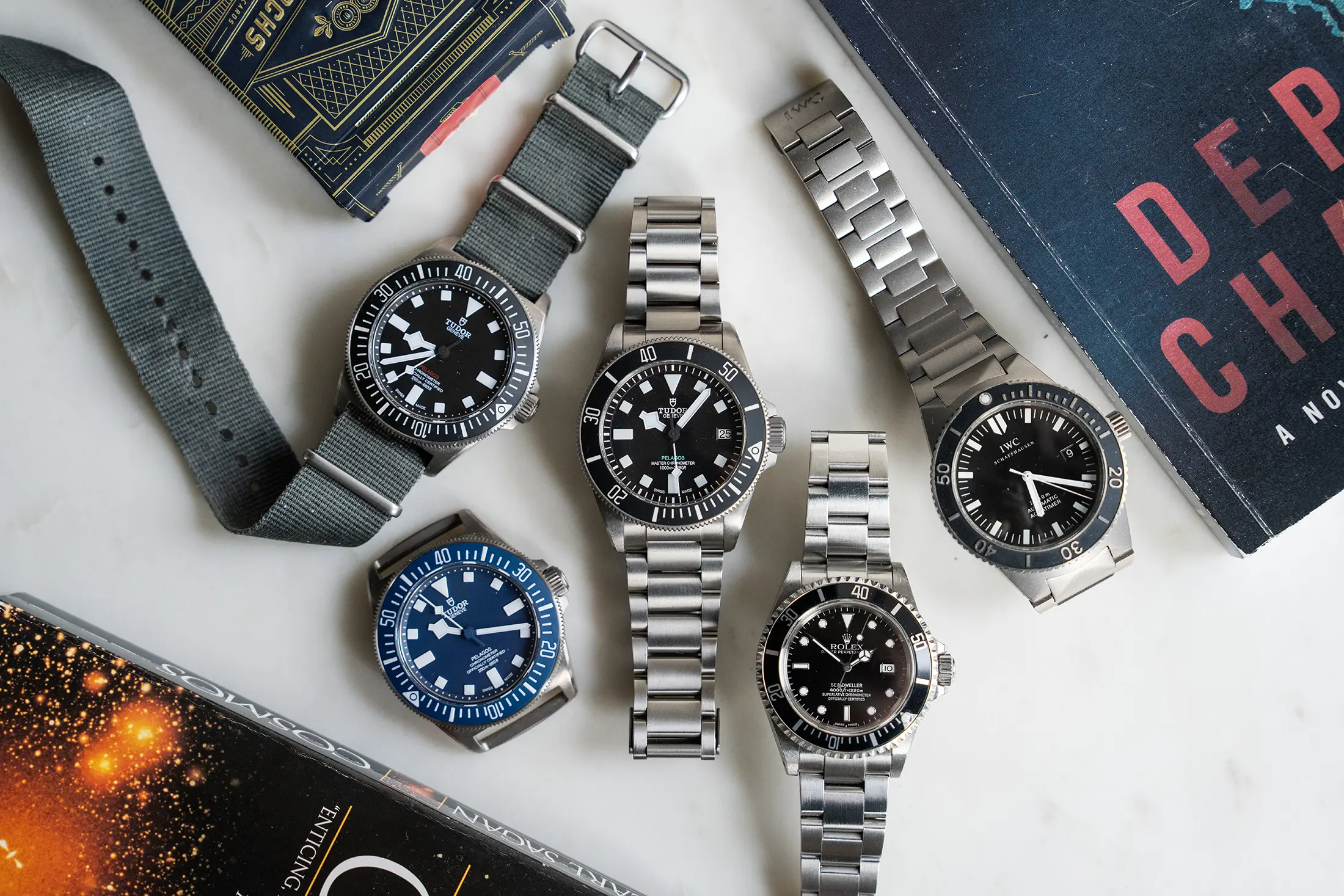
I first heard the “Pelagos Ultra” title years ago on Instagram when a web-savvy sleuth discovered that Tudor had trademarked the title. For years I waited to see what this might be. As each Watches and Wonders came and went, I checked my feed to see if the Ultra had become a reality, and for two years I was left wanting. This did, however, give me an opportunity to use my imagination. According to the Cambridge dictionary, the word “ultra” means “beyond” in Latin or “outside of the norm”. Could we see an oil-filled deep diver with an unfathomable depth rating? Would we see a Pelagos with a GMT function? A 500m dive chronograph? The possibilities seemed endless – until last month.
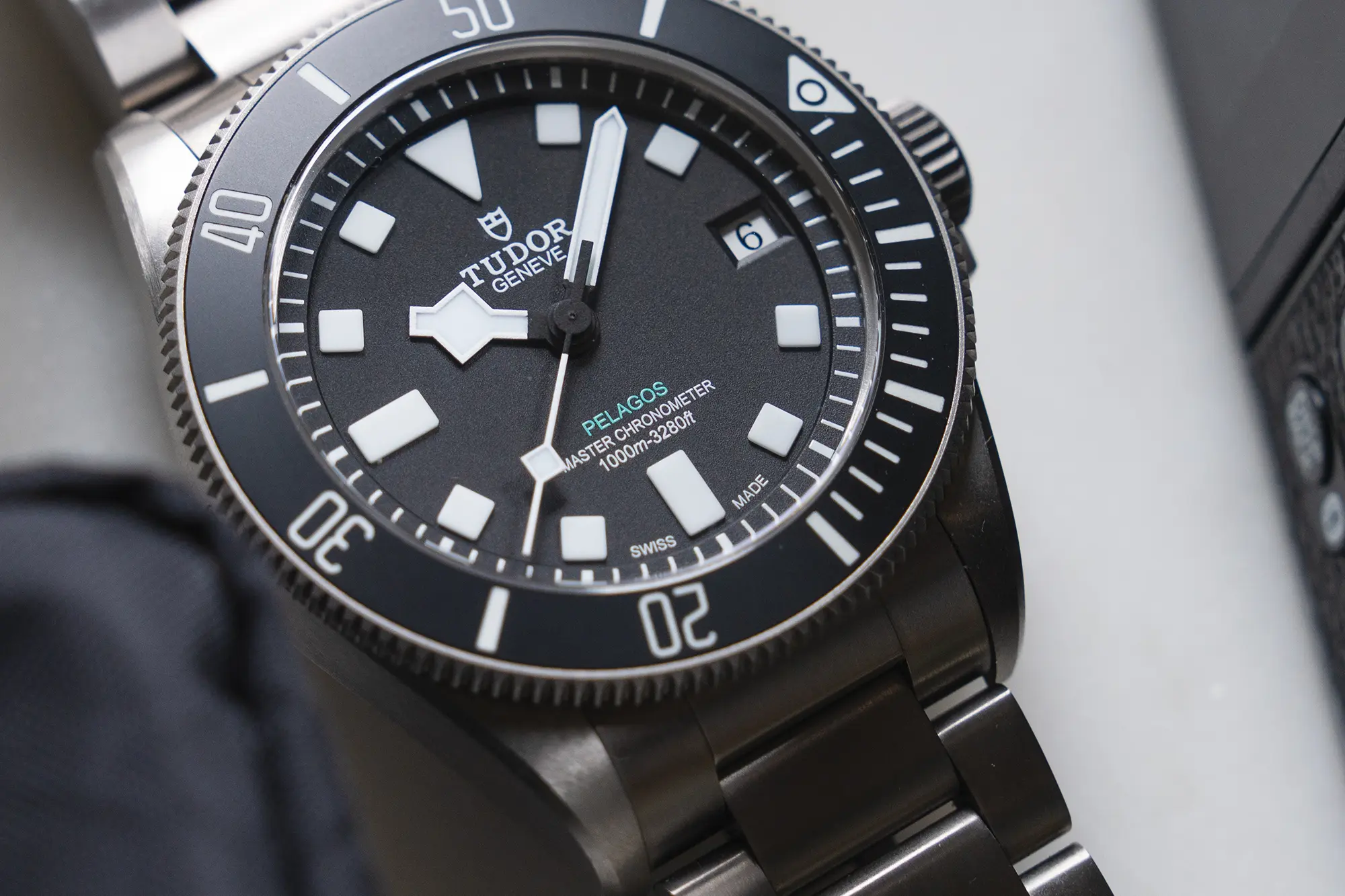
Where other iterations of the Pelagos chose a very specific fork in the road, the Ultra follows the trail of breadcrumbs left by the original and bravely ventures far deeper into the woods. The result is a product that is surprisingly similar at first glance. This is where access in the metal has made all the difference. To touch on the quick nuts and bolts of the Ultra, you are looking at a 43mm diameter diver composed of both grade 2 and 5 titanium. It is 14.5mm thick and rated to double the depth rating of its predecessor at 1000m. That is the gist. In most ways it follows the same form and function of the first Pelagos and it wasn’t until I tried it on and spent some time with it that I came to appreciate the nuance.
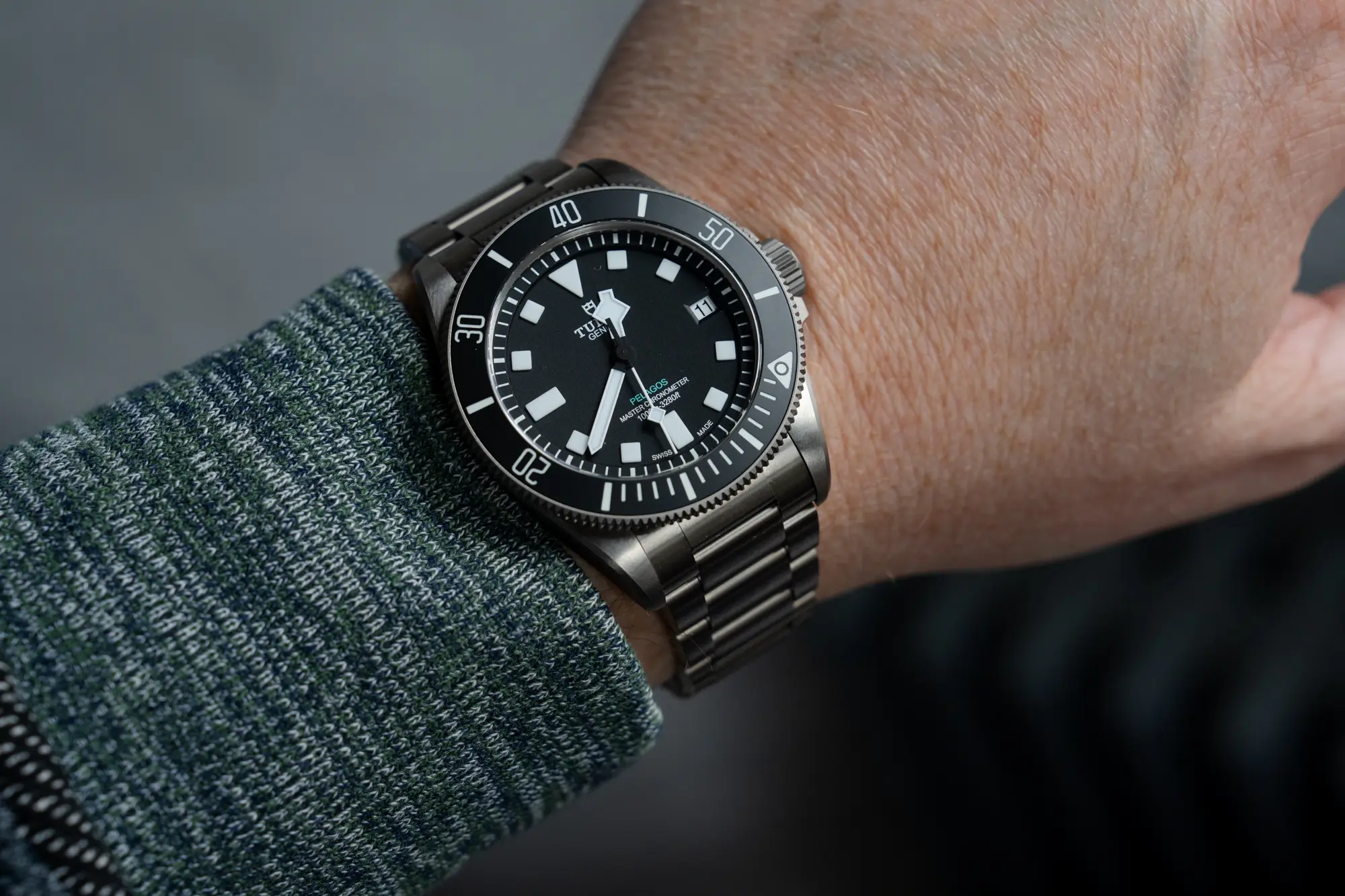
For reference moving forward, my wrist is around 6.75in in diameter and relatively level, so I am fortunate to be able to wear watches ranging from 36mm to 44mm fairly comfortably. (Editor’s note: the wrist seen in these images is 7.25in) The first aspect of the Ultra that surprised me right out of the box was the weight. Given the size and full bracelet it isn’t anywhere near the lightest on the market, but it’s all relative right? It just looks like a substantial watch and it can trick your mind into expecting more heft than you will feel upon handling it. With a roughly 50mm lug-to-lug measurement, I found it to fit great on my wrist. The bracelet helps to keep the watch itself from sliding around or feeling top-heavy in any way.
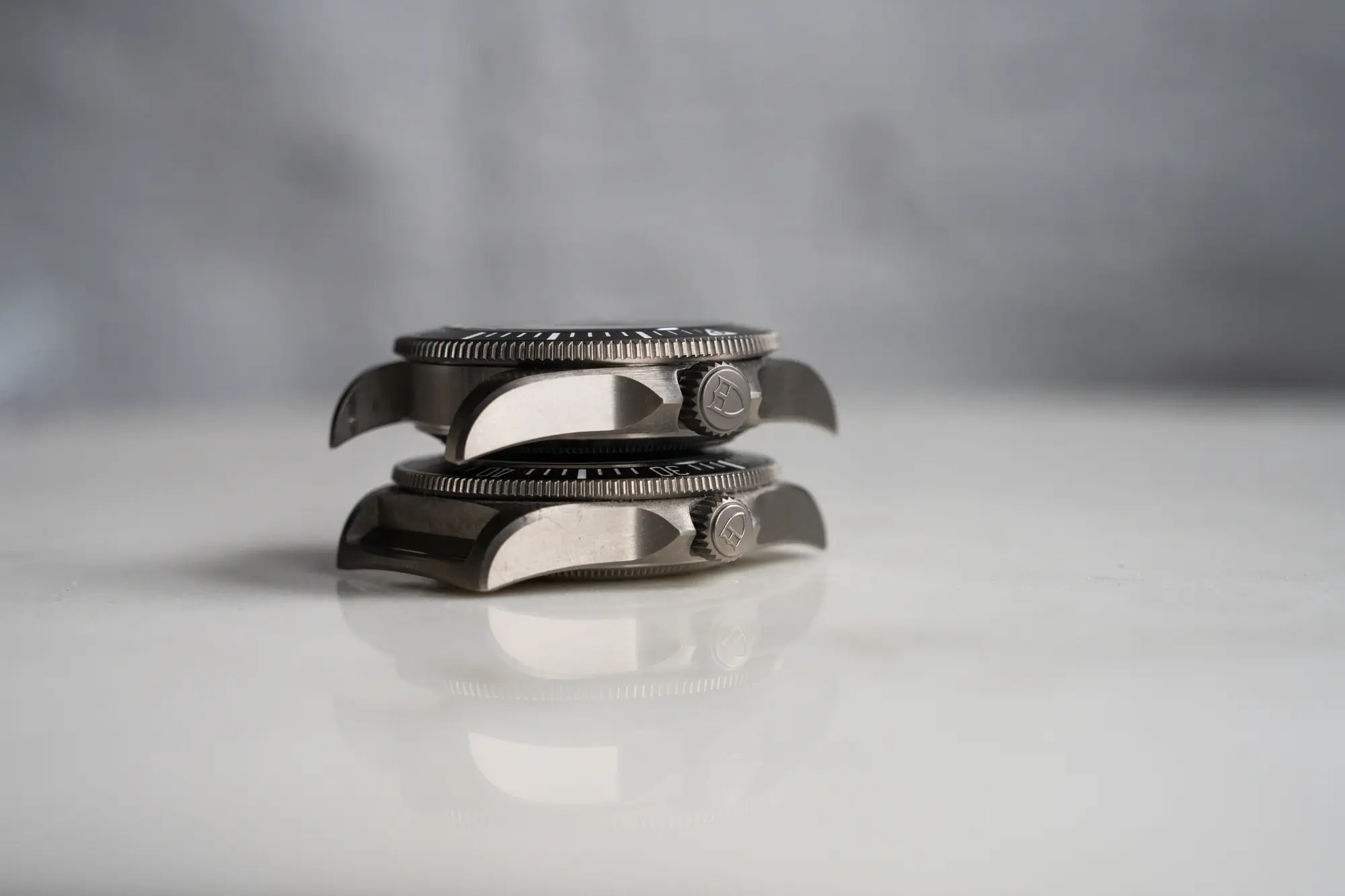
Where the original Pelagos had indices built into the rehaut, this layout has gone the way of the dodo with the Ultra. Instead, the indices are applied in a fashion similar to the FXD. The rehaut is now just a simple chapter ring that is slightly elevated from the dial. This adds some subtle dimensionality in the relatively limited space between the dial and crystal. The hands and indices have been made larger on this model, which makes for unrivaled legibility. This subtle change is something I enjoyed personally. When marketing a watch as a dive tool, whether actually used for this purpose or not, I always appreciate an emphasis on form following function. The snowflake hand is so unique to Tudor, and I love that they’ve gone all-in on it. Many Pelagos enthusiasts laud the two-liner text on the original Pelagos and lament the four lines of text added later. The Ultra is an ideal compromise with a tasteful three lines of text at 6 o’clock. The “Pelagos” script is printed in a light blue that is really the only chromatic presence on the dial.
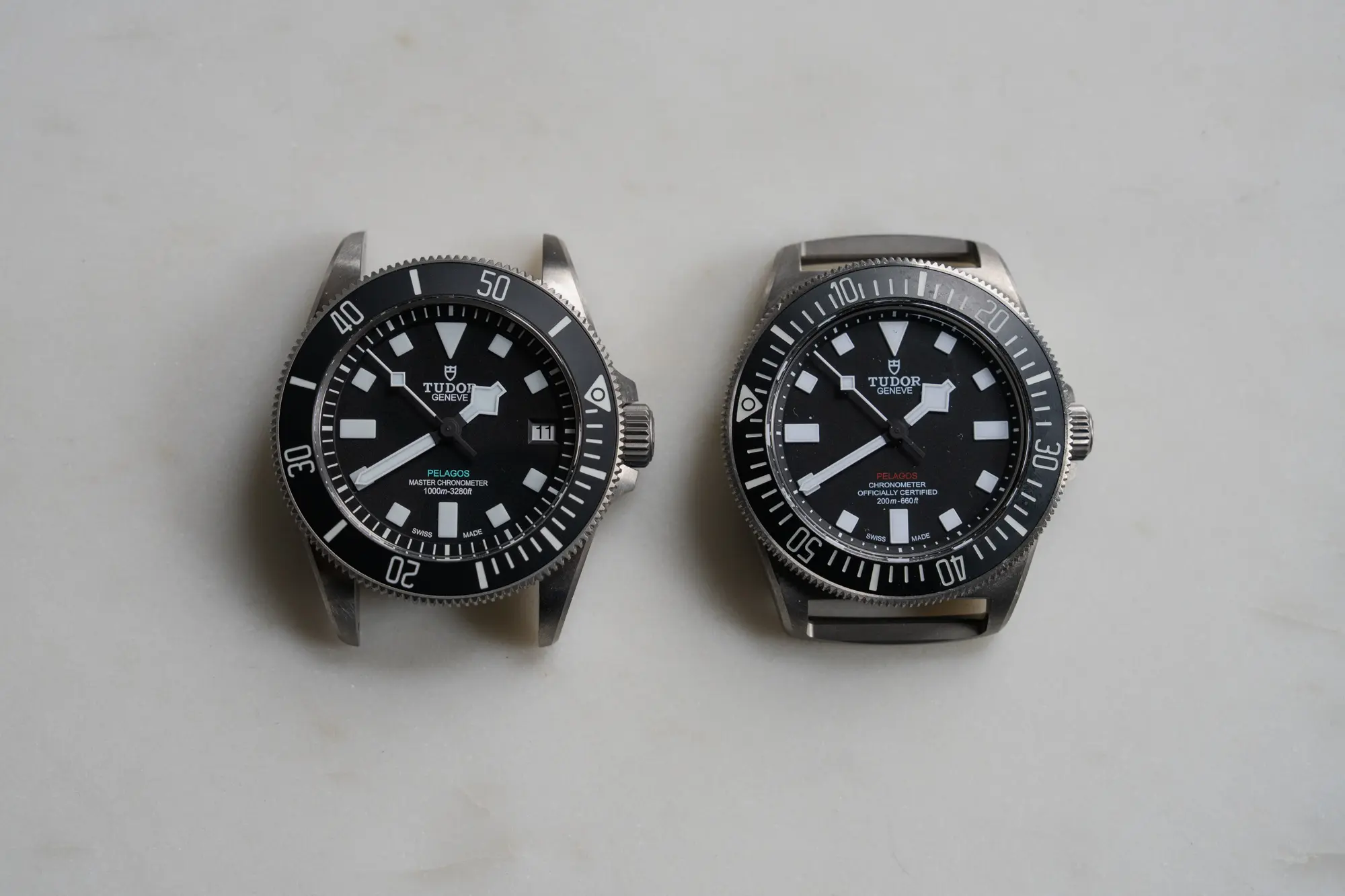
The profile of the Ultra, despite the dimensions on paper, appears thinner on-wrist. I think this is attributable to a combination of the caseback making up for some of the thickness as well as the domed crystal. While both are included in the total thickness, neither visually add much at a glance. The domed crystal itself is a new player in the Pelagos game and I am here for it. Again, if you’re going to make a deep diver, go all-in. I am no engineer, but my understanding is that a convex crystal is far more resistant to pressure than a flat crystal. If you are reading this, and you are a watch photographer, you may have a level of disdain for domed crystals. That being said, I am a fan. Looking at the Ultra head-on, the shape of the crystal has no effect on legibility. The curvature itself is slight and you really only begin to notice some distortion around a 45 degree angle. To me, this adds character to the watch and makes it slightly less clinical.
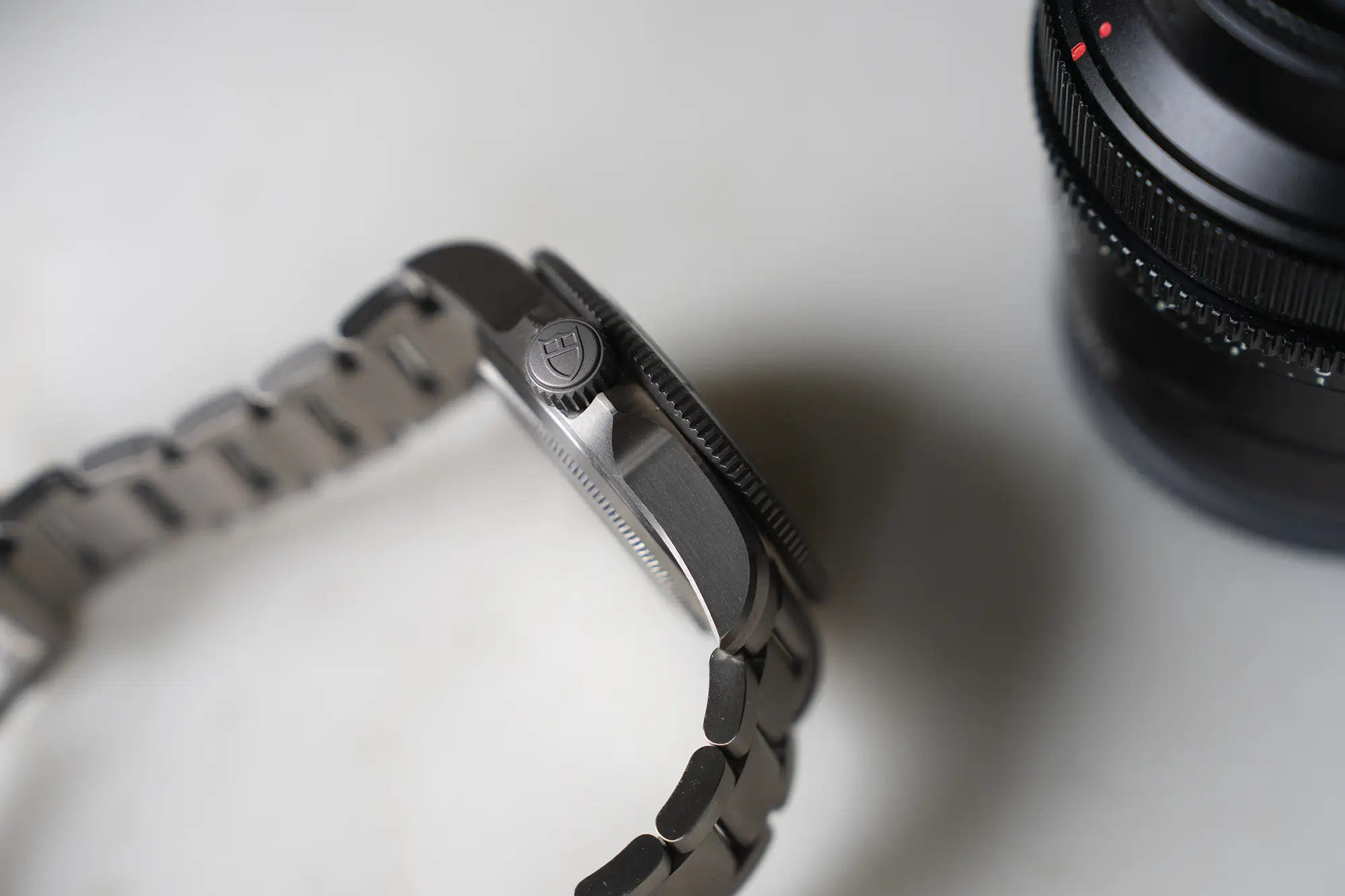
I am sure it goes without saying, but in my week or so with the Pelagos it kept great time. The Master Chronometer certification ensures that. It was easy to wind and set, and the date function was as crisp as you would expect from a brand of Tudor’s caliber. The knurling on the crown and the bezel are deep and tactile – another subtle change for the Ultra. The bracelet of the Pelagos is a thing of legend in the watch enthusiast community, and it lives up to the hype on the Ultra. I found the range of adjustability to be convenient for daily wear. There is now lume on the clasp, which theoretically allows you to easily track which position you have the bracelet adjusted to. I found the indicator itself sort of useful as it gave me a general reference point for where my comfort zone is on the sizing of the bracelet. The use of lume, in particular, felt a little gimmicky to me. It is a detail that I looked at once and thought “Huh, neat” before moving on to the rest of the watch. That being said, while it may not add a lot to the Ultra, it certainly doesn’t detract.
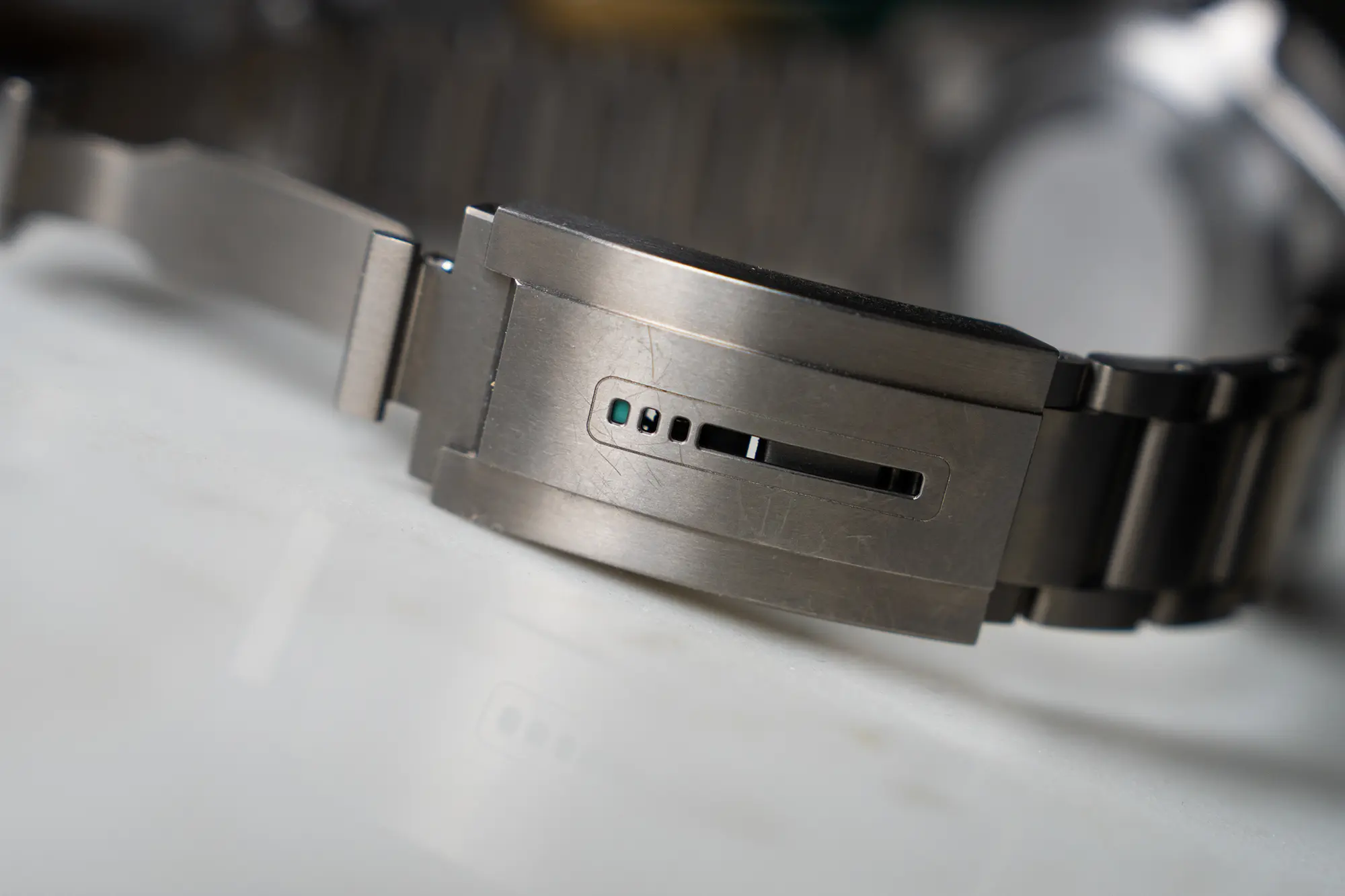
Other micro-improvements that make this the natural evolution of the Pelagos form include the blunting of the Tudor shield logo on the clasp. While incredibly minor in the grand scheme, it does improve daily wearability. The similar clasp on my Pelagos 39, for example, is quite sharp. For the Ultra, it seems Tudor has decided to heed the call of the easily-scratched consumer and contour the clasp in a way that is less prone to laceration.
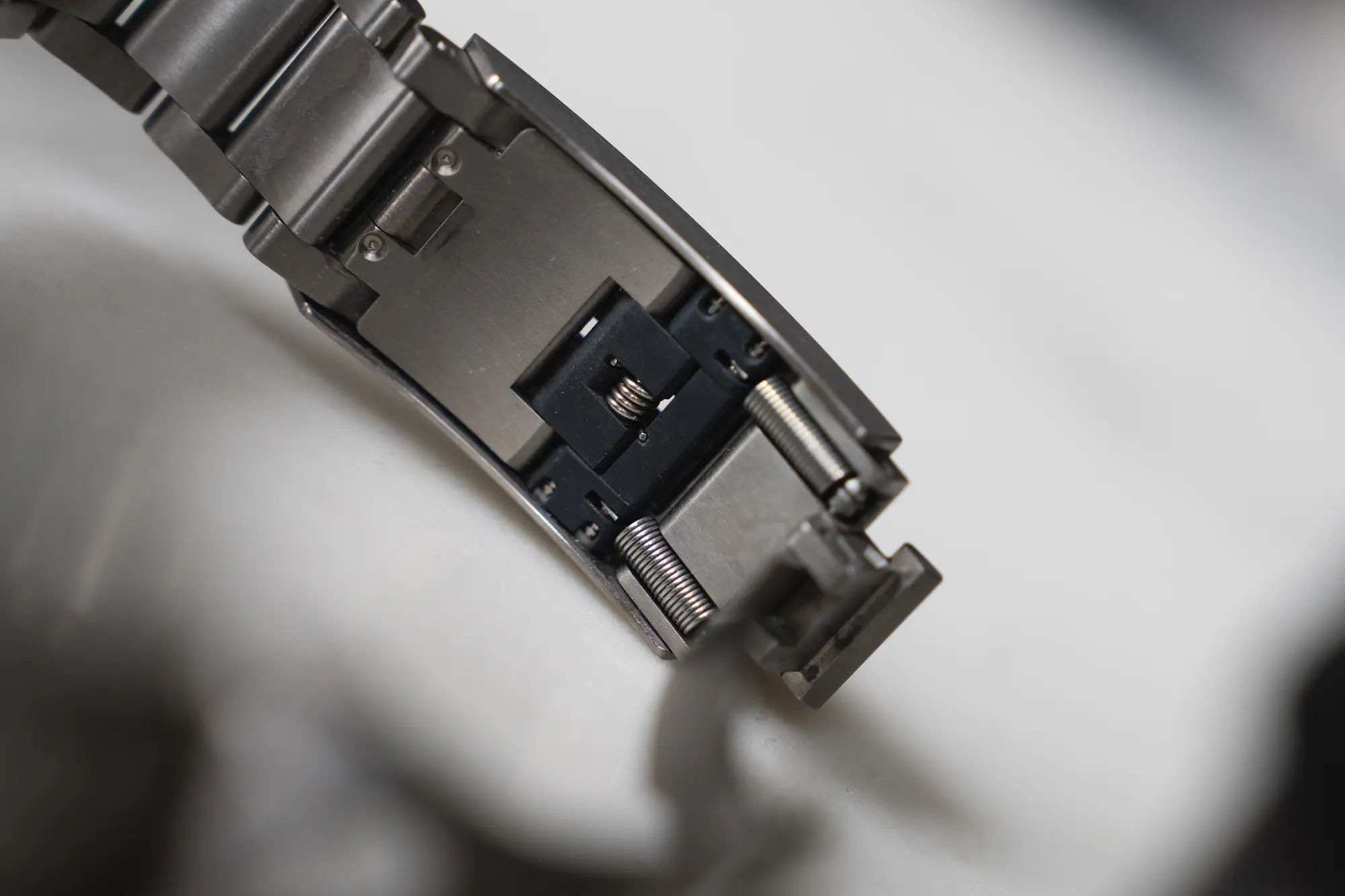
After a week of wear, any quibbles about the Pelagos Ultra are minute and easily overlooked. That being said – I think the challenge for this model is that the changes from the original are also relatively minute and easy to overlook. My philosophy on this is that incremental changes can add up over time to make something special. This is how Rolex has been operating for decades – generally subtle changes incorporated every year or so to a model range to dial in the final form and take advantage of modern manufacturing and materials. Given the relation between Tudor and Rolex and the length of time that the Pelagos has existed now, it is only natural that they take a page out of big brother’s book and follow the same formula.
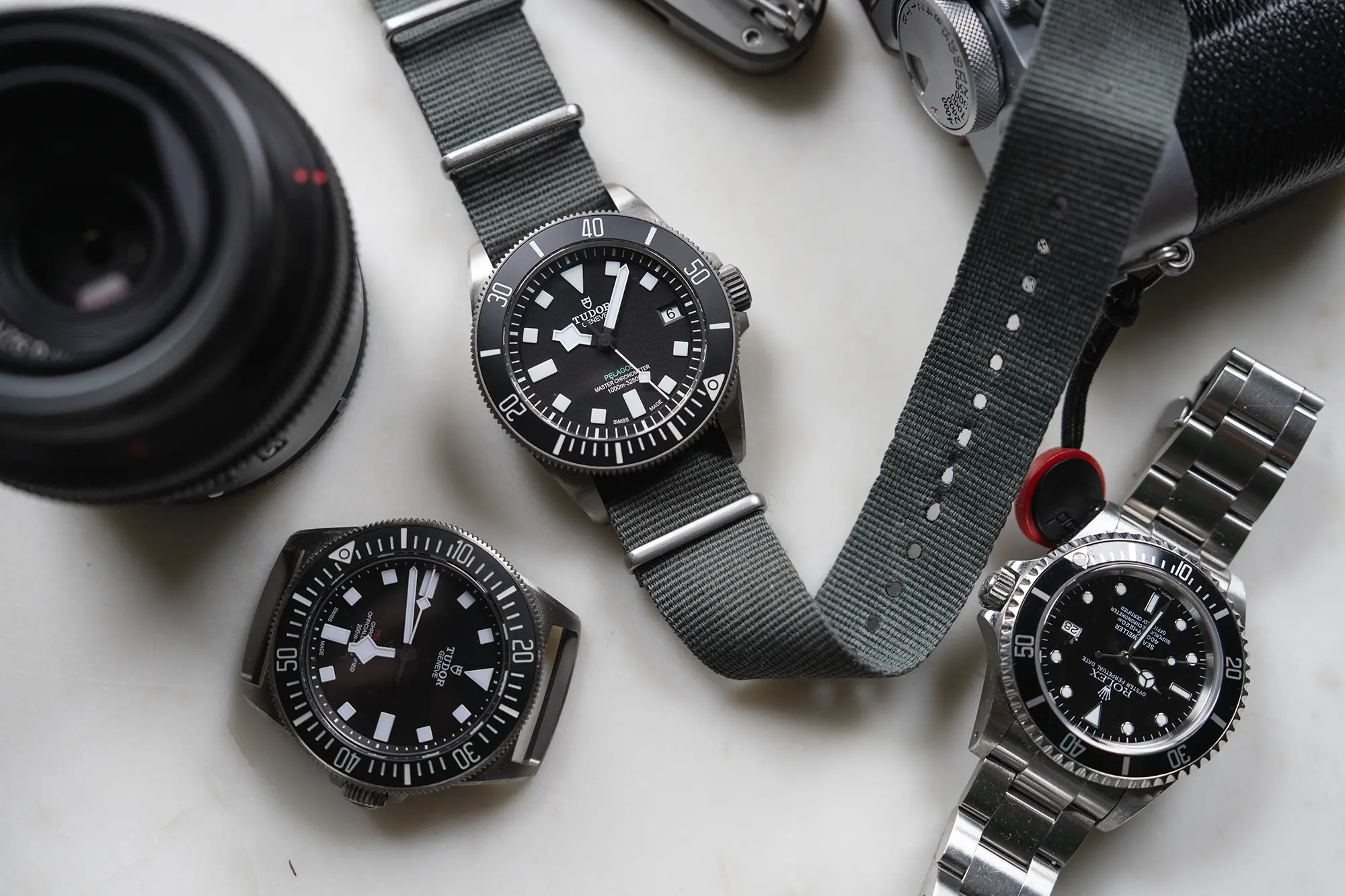
Given that I did not take the Pelagos Ultra diving, and the likelihood that the vast majority of consumers also won’t, I can only speak to the watch more broadly. I think that if you’re looking to acquire one Pelagos for a collection and price is a non-issue, you may as well go big, and the Ultra is the move. It offers everything the original does in a more refined and capable package. It doesn’t wear any larger on the wrist than others in the lineup (save for the 39) but offer all the same utilitarian design and no-fuss nature. For a time-only dive watch Tudor seems to have reached the summit and from where I stand, the view is pretty good.
